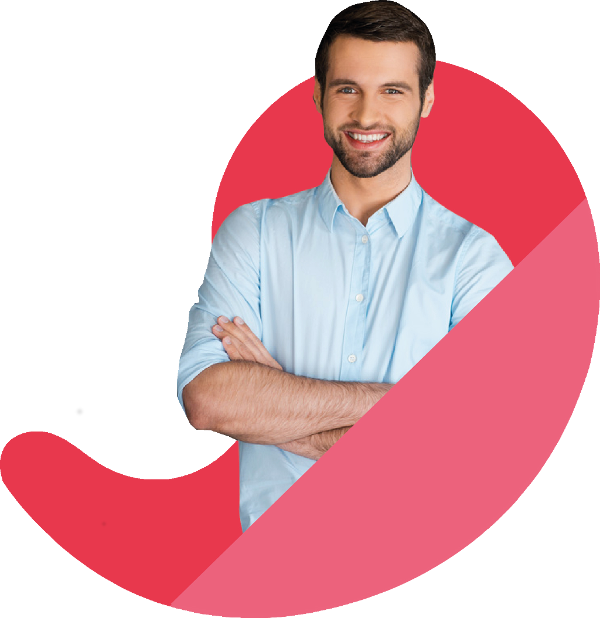

Instagram is second only to Facebook when it comes to social reach, making it another great platform for connecting with customers (both potential and existing) and boosting brand image. Here we look at how to make Instagram a key part of your marketing mix.
Users collectively visit Instagram more than 1 billion times a month. Show us a marketing manager that doesn’t want a slice of that pie and we’ll show you an unsuccessful marketing manager. So, the question is how do you get your digital marketing campaign Instaready?
As a predominantly visual platform the vast majority of successful Instagram posts display striking images that grab users’ attention and encourage interaction through liking, replying or sharing. That’s not to say text can’t work, but it needs to complement or enhance an image to have the best chance of success.
Of course, with so much traffic on Instagram every day, the key is to make your content stand out among the clutter. One of the many benefits of using Instagram is that it’s owned by Facebook which means the digital marketing services available for your Facebook ads are also available on Instagram.


Instagram allows you to use one of six formats to post your ads, each specifically designed for visual ads. Four are Instagram Feed Ads and two are Instagram Story Ads. The differences between the two are mainly technical and choosing the right one for your campaign will depend on your target audience, but for a rough guide Feed Ads will be targeted at older customers with young people being generally more receptive to Story Ads. And if you thought Instagram was just for youngsters, think again. A recent study showed that nearly a third of users are over 35.
Story Ads are videos and are thought of as more of an 'immersive' experience. They’re generally longer than Feed Ads and demand attention whereas Feed Ads are designed to pop up organically in a users feed. And done well, it won’t even feel like an ad to them.
Feed Ads are further divided into Photo Ads, Video Ads, Carousel Ads and Slideshow Ads.
Photo Ads are pretty straightforward and just need an image and, if necessary, text of up to 300 characters (NB Instagram suggest using a maximum of 125 characters to allow users to enlarge the text).

Video Ads are created in a very similar way with additional caption features enabling you to add a video. Slideshow Ads are much like Video Ads but are a series of images rather than a video. Carousel Ads are Slideshow Ads that have replaced the images with separate videos which the user can scroll through.
If you choose Story Ads you have the choice of Single Image Ad or a Single Video Ad up to fifteen-seconds long.
Choosing the right format is key to the success of your post. According to Instagram 60% of users say they discover new products on the platform and 75% say they take action when a post inspires them.
Once you’ve decided on which type of ad will work best, you simply create the post, configure your target audience and set your content free. You can pay to boost posts if you like and this is common for Story Ads which are more resource intensive at the outset as they require video production.
Facebook and Instagram ads cost roughly the same and one of the benefits of both is that you set a daily budget, so you remain in control of costs. As a rough guide, $5 USD per day will be a good starting figure to see how it works and you can adjust it accordingly once you see the results. Don’t forget that you can also amend your ad, so if it’s not immediately successful don’t just chuck more money at it; think about any and all reasons why it might not be having the desired effect in terms of reach or engagement. Often tweaking the post will make it fly without having to dip back into your piggy bank.
One study suggested Story Ads are more cost-effective than Feed Ads and Facebook themselves have said that Story Ads are becoming an increasingly popular revenue stream for them, but the deciding factor over which type of ad you use should always be which is likely to be most successful.

